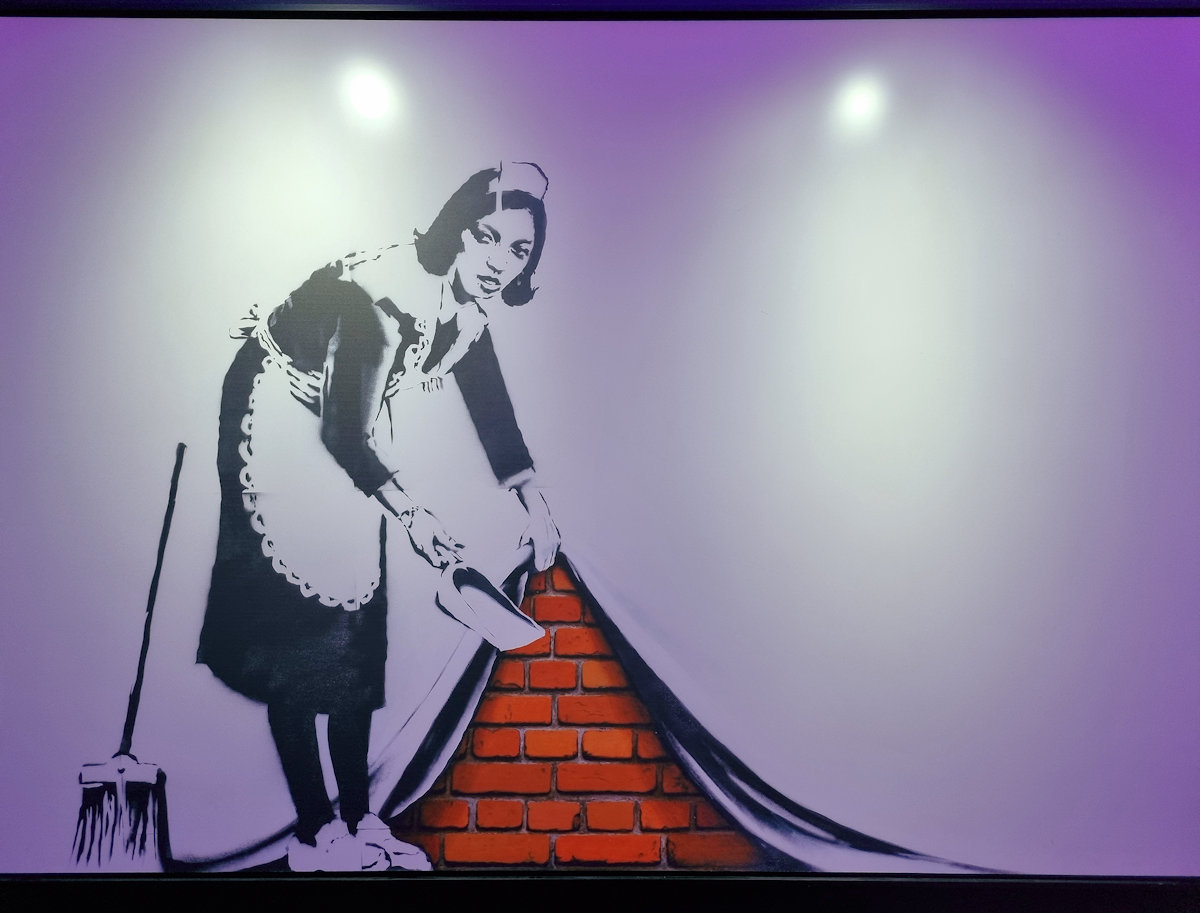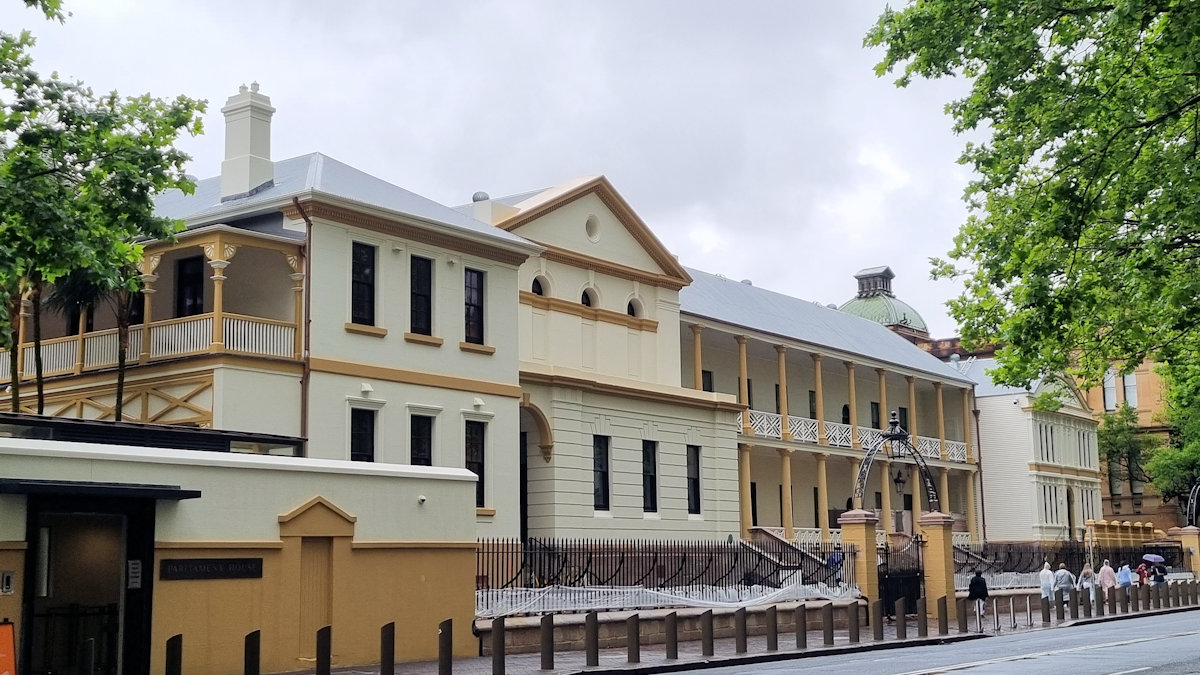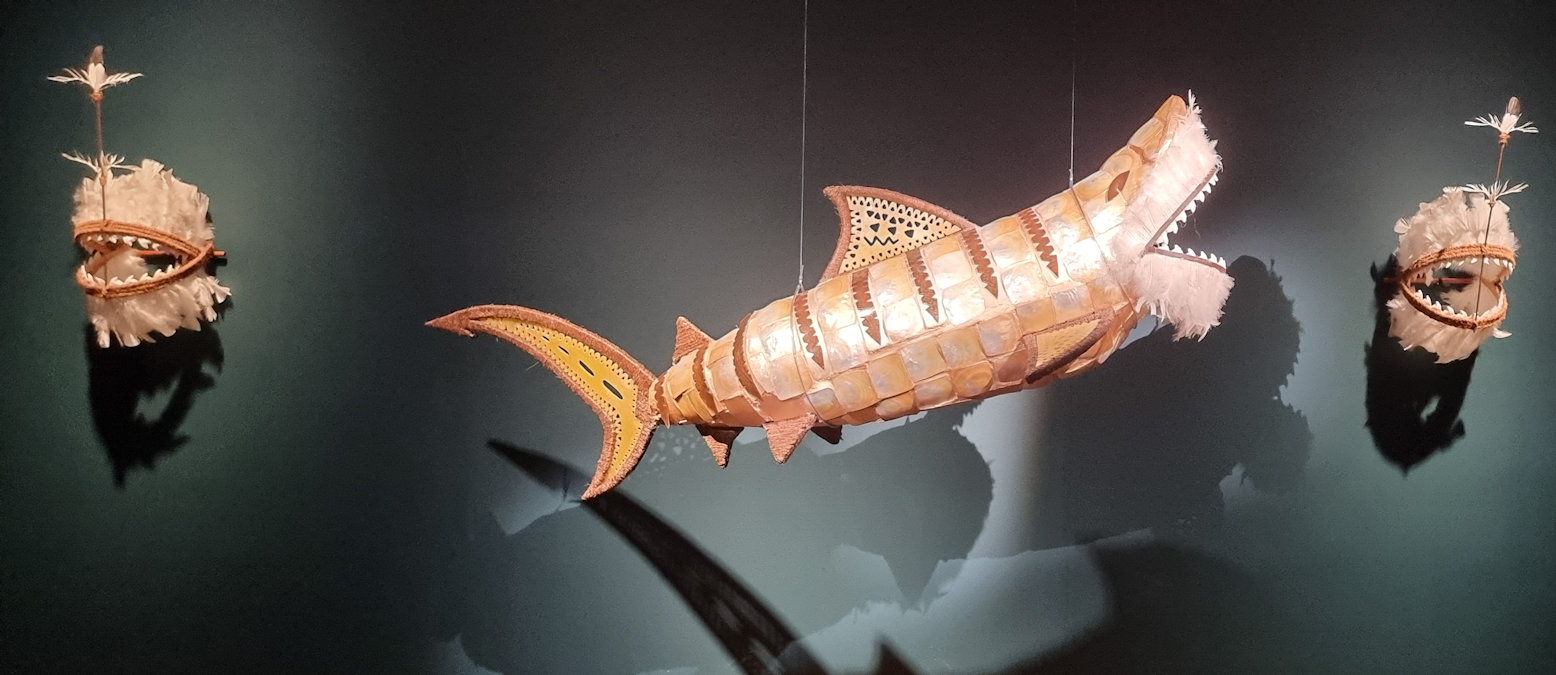Tag: Paintings
-
The Art of Banksy Sydney

The Art of Banksy Sydney Displayed in the Sydney Town Hall and open until 19 May 2024, The Art of Banksy Sydney is an impressive display of some of his greatest works. Starting with a timeline of Banksy’s works, the exhibition illustrates the progression of his works and its commentary on western society. Each of… Read more
-
Parliament House New South Wales

Parliament House New South Wales Completed in 1816 Parliament House in Sydney houses the Government of the state of New South Wales Australia. Originally a hospital, the central section of the façade is a two story Georgian building. When built, no funds were available to Governor Macquarie so he arranged funding via the importation of… Read more
-
Maitland Regional Art Gallery May 2023

Maitland Regional Art Gallery May 2023 We revisited the Maitland Regional Art Gallery in late May 2023 and were lucky to catch two great exhibitions in their last days. It’s not often that we get to see Torres Strait art displayed in the Hunter Valley in New South Wales, Australia, this was a great opportunity.… Read more